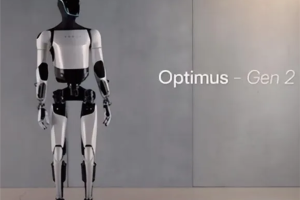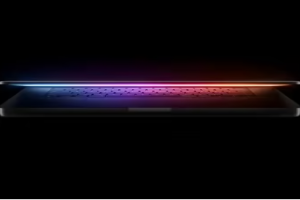March 6, 2025 – SpaceX has announced a new target date for the eighth flight test of its Starship vehicle, scheduled for March 6th local time. The launch window is set to open at 5:30 pm Central Time.
According to SpaceX’s statement, the upcoming eighth flight test of Starship will follow a sub-orbital flight path. The mission objectives include deploying four Starlink simulators, which are expected to burn up during re-entry into the atmosphere. This marks the first time Starship will perform a payload deployment task.

Additionally, the test plans to conduct a single Raptor engine reignition in space and carry out a re-entry experiment. This is intended to provide technical verification for the future return of the upper section of Starship and its capture at the launch site.
Meanwhile, the Super Heavy booster is set to perform a return burn after launch and attempt to be captured by the “chopsticks” robotic arm of the launch tower. However, if the booster or launch tower fails the health check, or if the flight commander does not give final approval, the booster will switch to a soft landing trajectory towards the Gulf of Mexico. During this process, the returning booster is expected to create an audible sonic boom near the landing area.
SpaceX revealed that the Starship’s forward fins have undergone a redesign to minimize heat exposure during re-entry and simplify the mechanical structure. Furthermore, the propulsion system of the upper section of Starship has been upgraded, increasing propellant capacity by 25% to enable longer flights.
To further stress test Starship’s vulnerable areas, SpaceX has intentionally removed some heat shields. The re-entry trajectory for this mission is deliberately designed to push the structural limits of the upper section’s rear fins, particularly during the phase of maximum dynamic pressure.
Regarding the Super Heavy booster, upgrades include enhanced avionics, a more powerful flight computer, optimized power and network distribution systems, as well as integrated smart batteries. These enhancements are aimed at boosting the overall performance and reliability of the booster.












